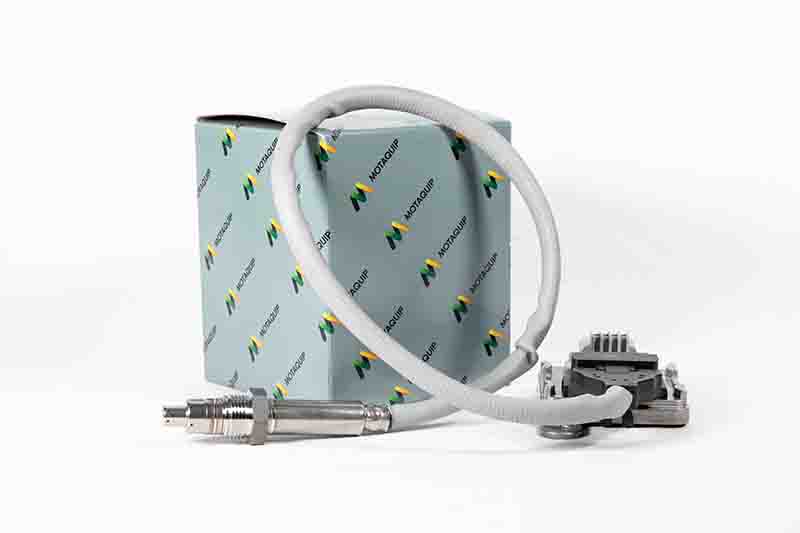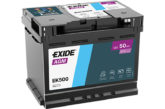
Motaquip has introduced product ranges to support the latest diesel exhaust technologies in a bid to ensure vehicles remain efficient and compliant with environmental regulations.
A fuel vapour valve (FVV) is an electronically heated glow plug, positioned before the catalytic converter in the exhaust system. Its main purpose is to aid the regeneration process of the diesel particulate filter and reduce harmful emissions.
Motaquip’s range reduces oil dilution and engine wear, supports fuel efficiency, and is designed to prevent clogging and reduce back pressure. From a technician’s perspective, no specialist tools are required when fitting the FVV.
Included in the FVV portfolio are part numbers for the Ford Transit Custom 2.2 TDCi (2012-2023), Ford Focus 2.0 TDCi (2010-2020), Ford Transit 2.2 TDCi (2011-onwards), Citroën Relay/Peugeot Boxer 2.2 HDi (2006-onwards) and Ford Kuga 2.0 TDCi (2013-2019).
To meet sEuro 6 standards, particularly the reduction in NOx limits for diesel vehicles, modern exhaust systems rely heavily on real-time data from NOx sensors.
Positioned before and after the Selective Catalytic Reduction (SCR) system, these sensors monitor nitrogen oxide levels and provide critical feedback to the vehicle’s ECU.
This enables control of AdBlue dosing, ensuring that harmful NOx emissions are converted into harmless nitrogen and water. Without accurate sensor input, the SCR system cannot perform correctly, leading to heightened emissions, reduced fuel efficiency and potential MOT or regulatory failures.
Consequently, Motaquip has released NOx sensors to complement its existing range of engine management and emissions products.
NOx sensors will now be available for the Citroën Berlingo (2010-onwards) and Berlingo Multispace (2008-2021), Nissan Navara NP300 (2015-onwards), Peugeot 3008 1.5 Blue HDi (2018-onwards) and 1.6, 2.0 Blue HDi (2016-onwards) and Renault Trafic 1.6 DCi (2014-onwards).









